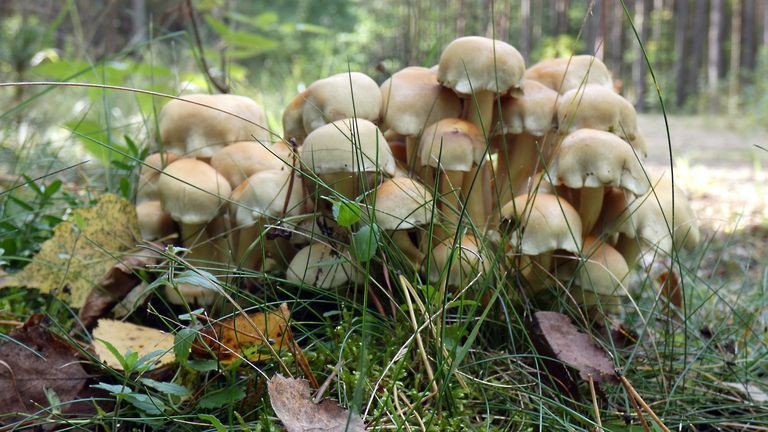
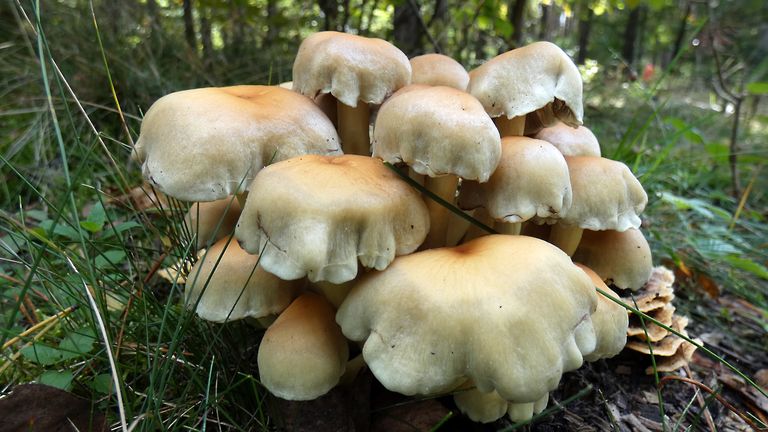
Poisonous doesn't mean useless!
Properties. Although Hypholoma fasciculare is a poisonous mushroom, because it causes abdominal pain, vomiting and other symptoms similar to food poisoning, it is a medicinal mushroom. It contains antibiotic compounds, commonly known as antibiotics. Most of us know how difficult it is to fight Staphylococcus aureus, which can take years to heal. This is where Hypholoma fascicular comes in handy, which contains fasciculol D, a natural antibiotic to deal with staphylococci. Naematoline and Naematolon are substances isolated from the mycelium that help fight against polio virus and inhibit the growth of HeLaS2 cells - deadly cervical cancer cells.

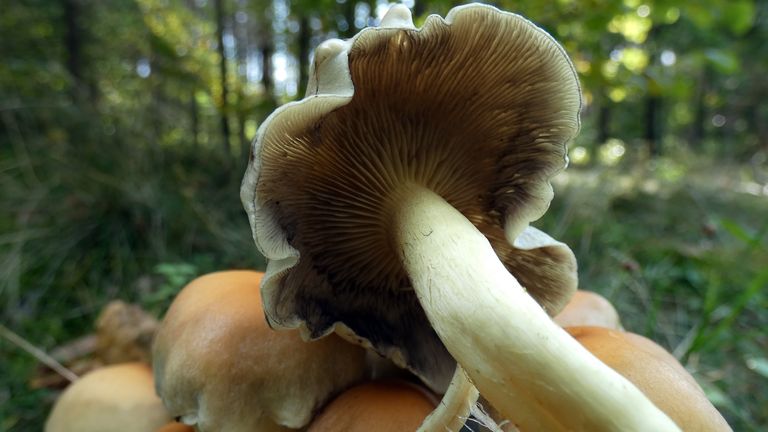
Hat diameter from 15 to 120 mm, yellow with a darker (orange, brick-red) tip, young convex, bell-shaped, then flat with a small hump; dry and smooth surface. The gills in young fruiting bodies are yellowish, yellowish-green, in older ones - olive-brown, dense, of various lengths, rounded. Stem up to 100 mm high, slender, usually tapering downwards, less often wider at the bottom, curved, hollow, brittle, surface covered with brown fibers. A brown ring with streaks is often invisible. Yellowish flesh, bitter taste. Odor undefined (unpleasant for some).
Occurrence: often from spring to late autumn on trunks of conifers and deciduous trees, very popular almost all over the world, except in Africa and Antarctica.

Growth phases of Hypholoma fascicular from young fruiting bodies to late old age.
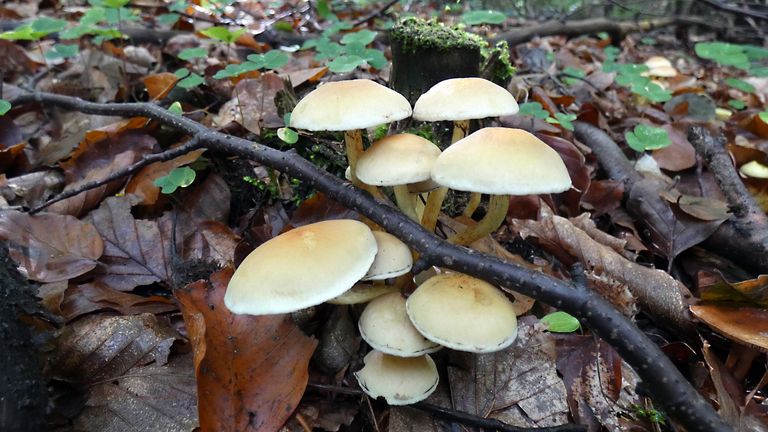
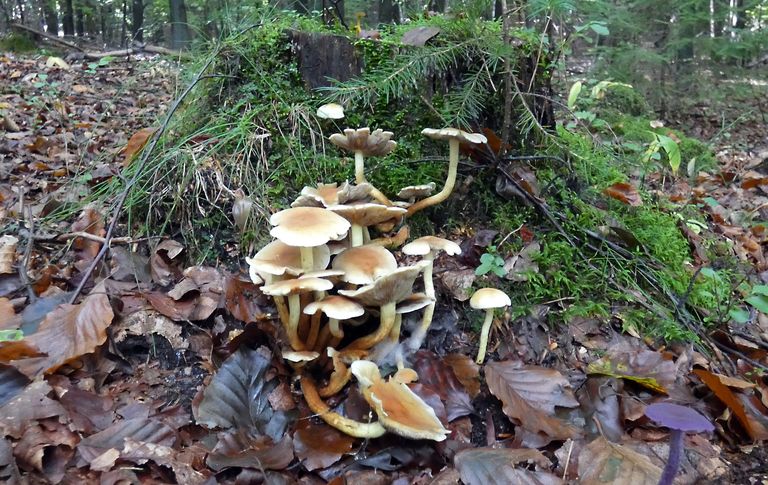
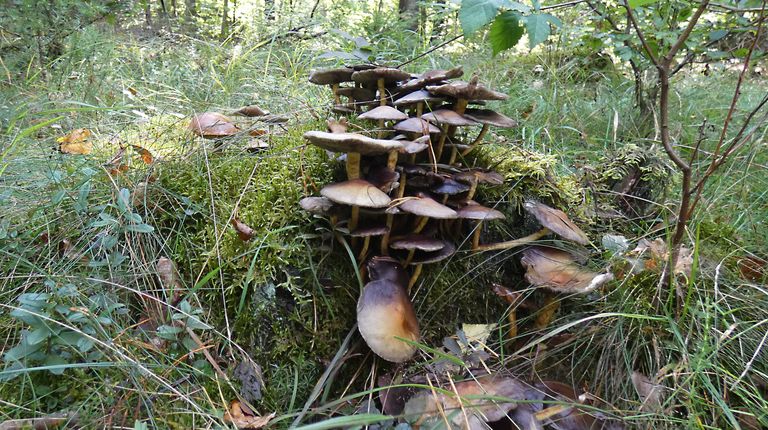
Hypholoma fascicular - is poisonous but there is also a variety called Hypholoma capnoides that is edible. it is very difficult to distinguish these two species, even I with many years of experience would not attempt to collect Hypholoma capnoides for culinary purposes, and I advise against it.-
